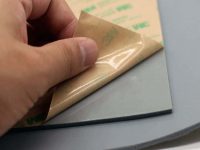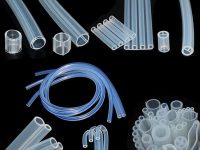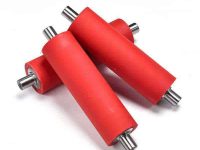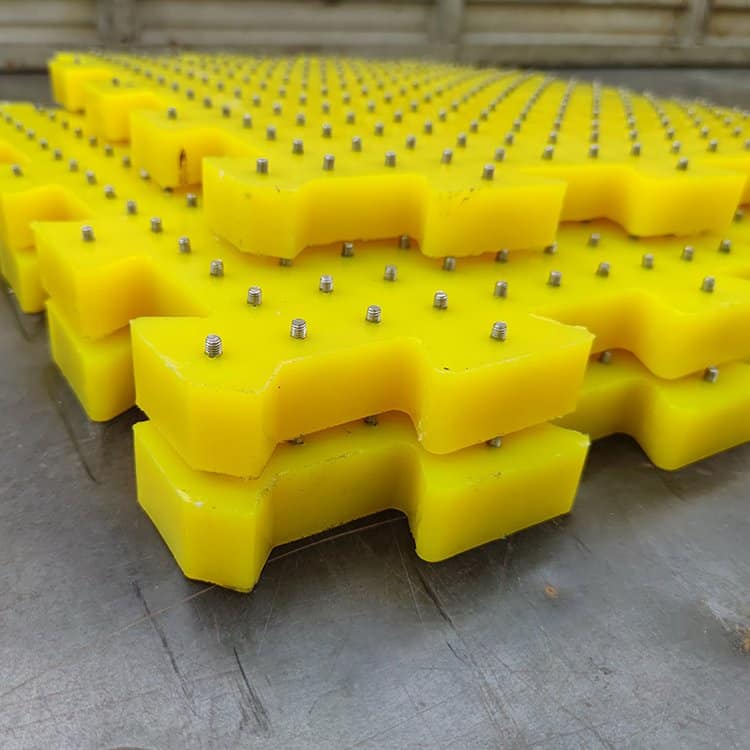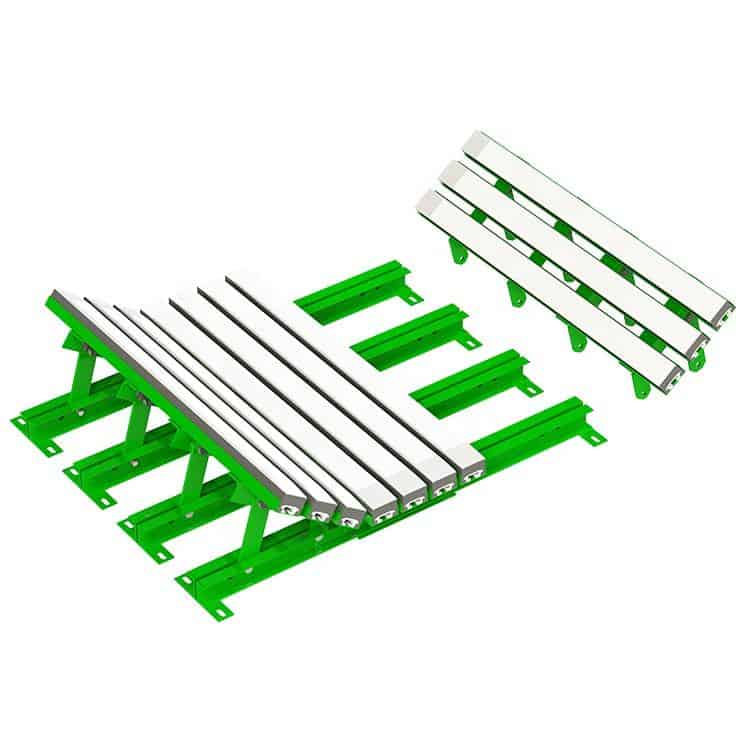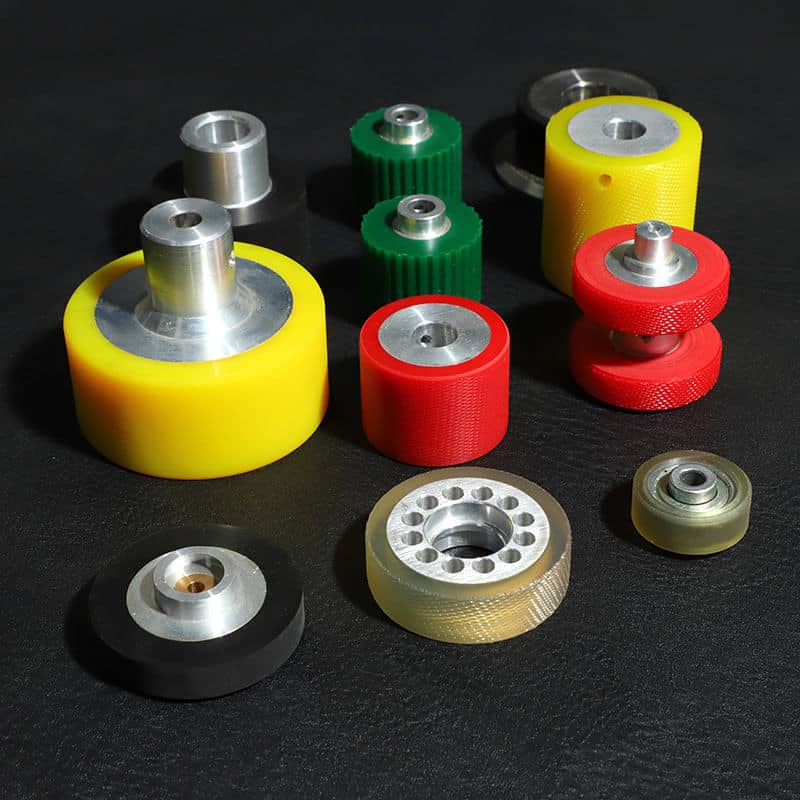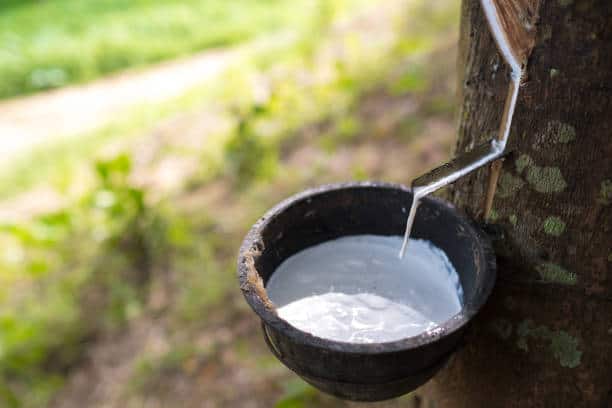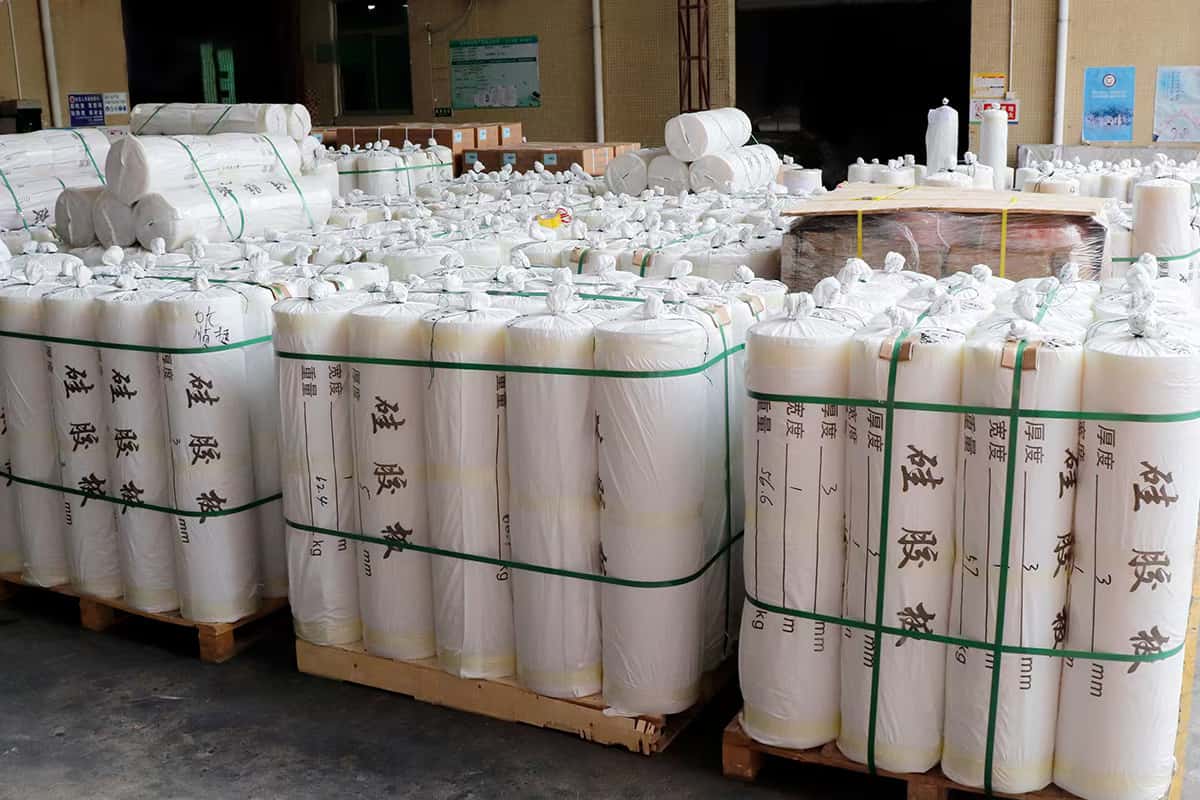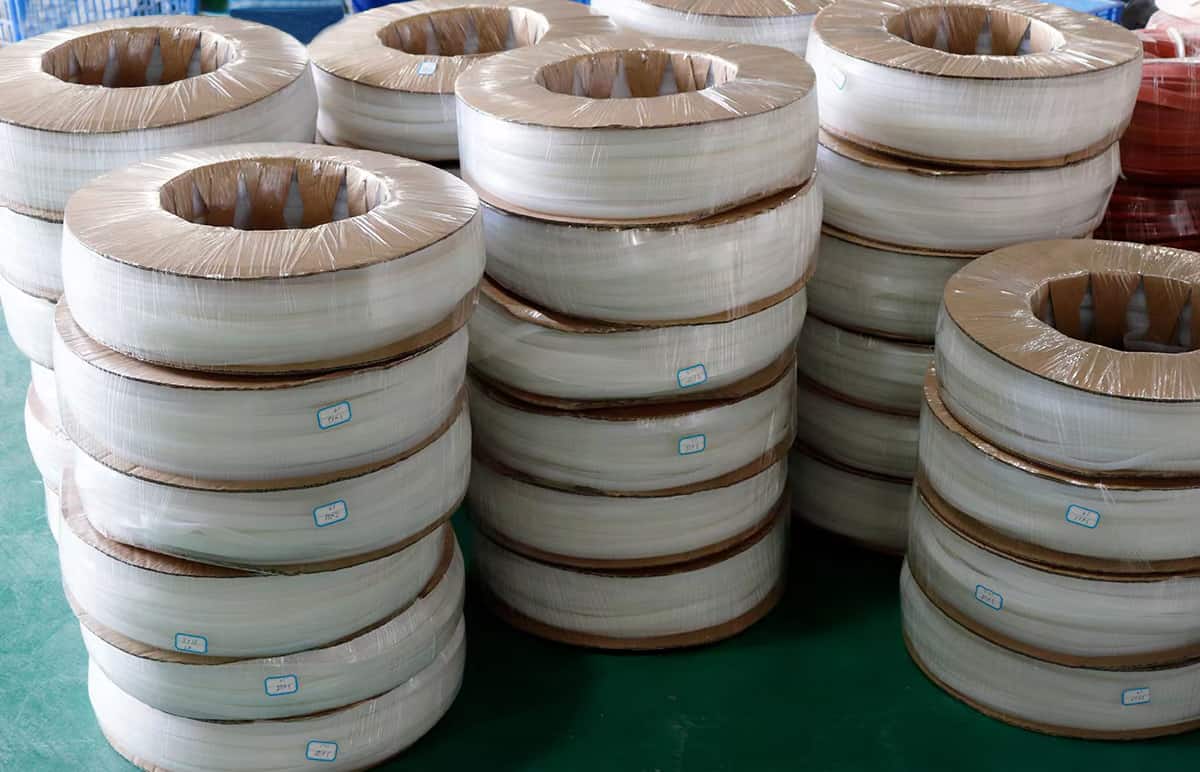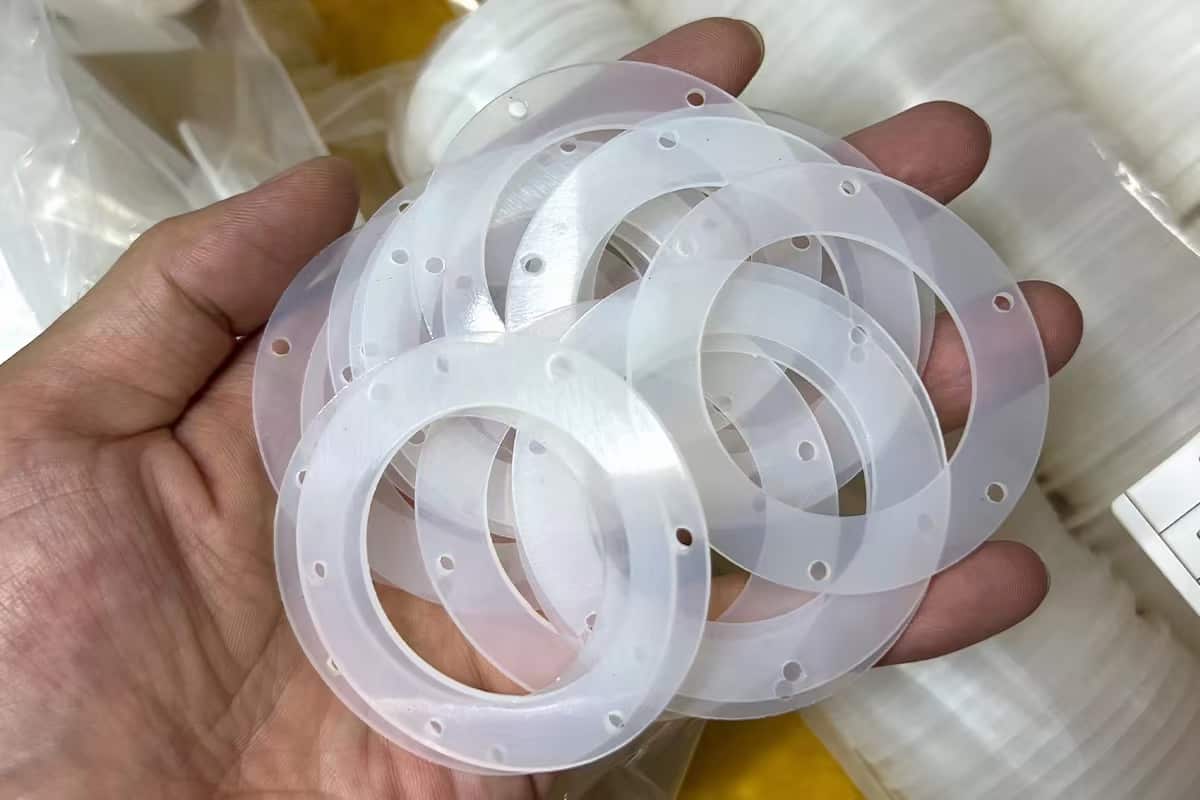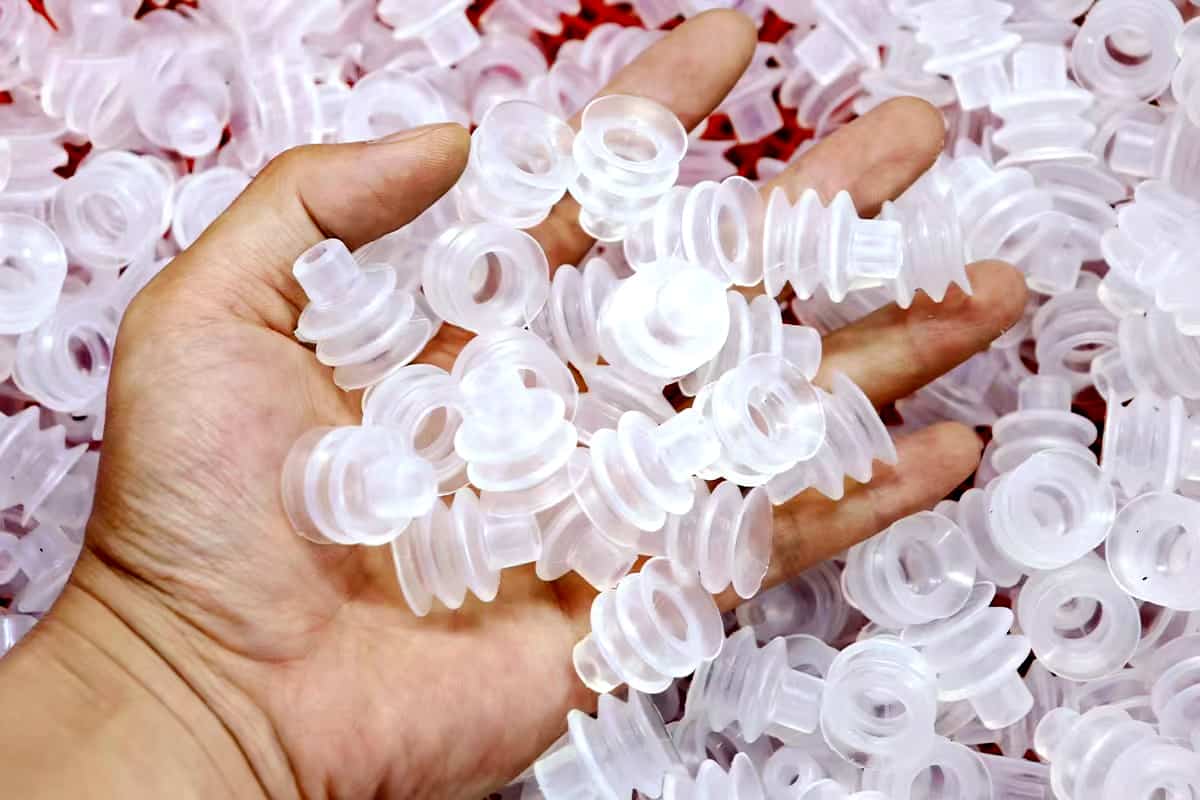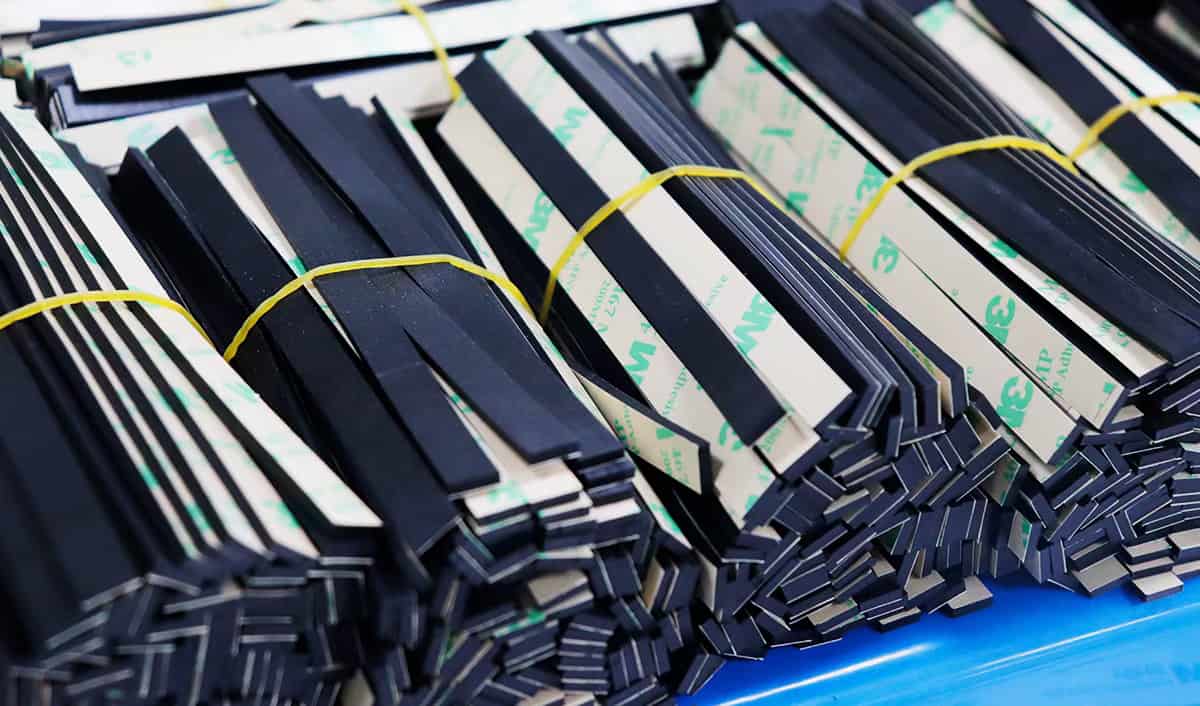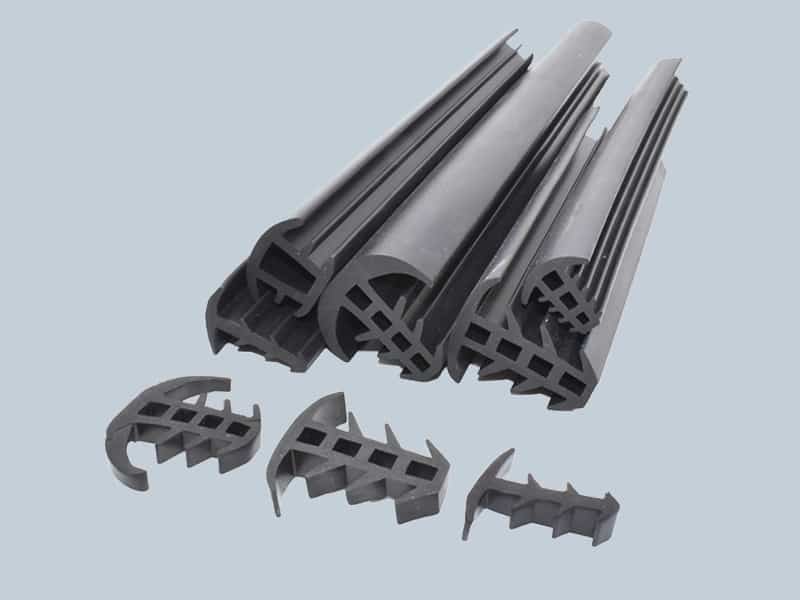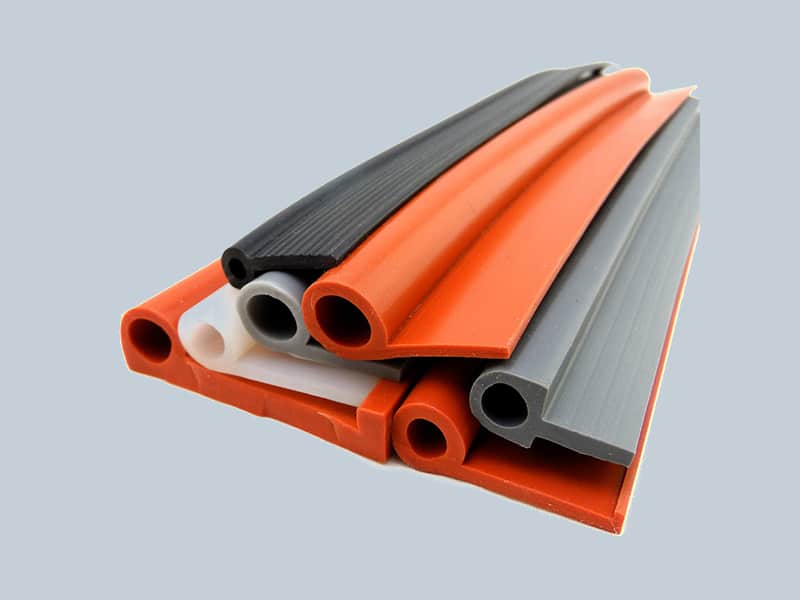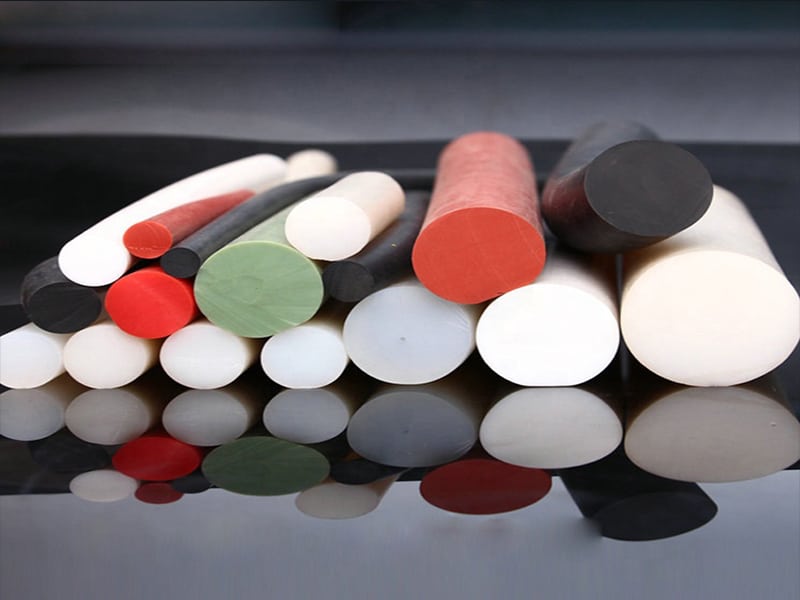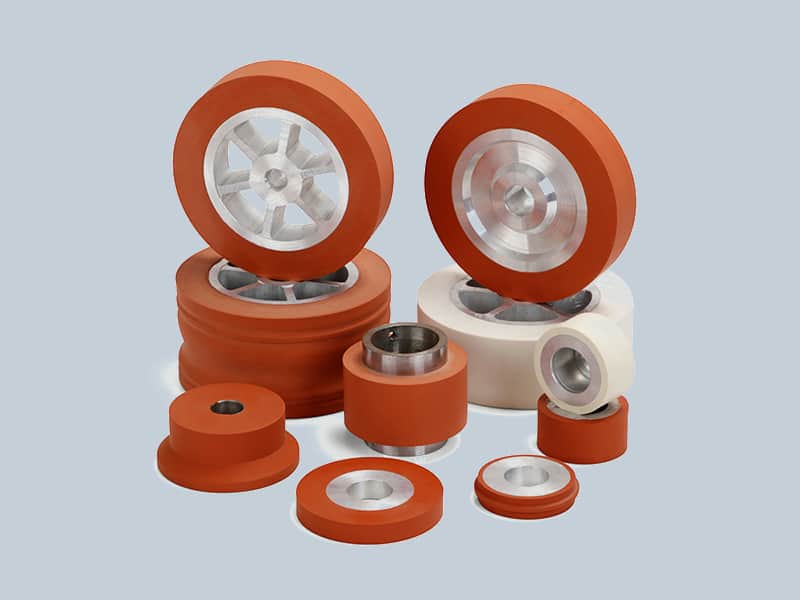If you’re like most people, you probably think of silicone rubber as an insulator. But did you know that silicone rubber is actually quite conductive? That’s right, this versatile material can conduct electricity!
What is silicone rubber?
Silicone rubber is an elastomer composed of silicone—itself a polymer—and oxygen. Silicones are inert, man-made materials with a variety of forms and uses. Typically, they are created by bonding silicon—a natural element abundant in sand and rock—with other atoms, such as oxygen, carbon, and hydrogen.
What are the properties of silicone rubber?
-Silicone rubber is an elastomer composed of silicone—itself a polymer—and curatives, fillers, and additives.
-Silicone rubbers are widely used in industry, and there are multiple formulations.
-Silicone rubber is generally non-reactive, stable, and resistant to extreme environments and temperatures from −55 to +300 °C while still maintaining its useful properties.
-Due to these properties, silicone rubber can be found in automotive applications like gaskets, seals, and hoses; electrical applications like electrical insulation and heat-resistant wires and cables; aerospace applications like aviation greases, sealants, adhesives, coatings, spacers/shims, encapsulation potting compounds; medical applications like catheters, tubing, seals/gaskets; and kitchenware applications like bakeware (muffin pans), cooking utensils (spatulas), etc.
Read more:
How is silicone rubber made?
To make silicone rubber, manufacturers add a curing agent and accelerator to liquid silicone, which they then mix and heat until the silicone carbonizes. The types of vulcanizing agents used in silicone rubber vulcanization are mostly oxides, hydroxides and Lewis acids of metals.
What are the benefits of silicone rubber?
There are many benefits to silicone rubber, including its durability, comfort, and safety. This makes it ideal for a wide variety of applications, including:
-Cookware: Because silicone rubber can withstand high temperatures, it is often used in cookware, such as baking mats and cake molds. It is also non-stick, making it easy to clean.
-Electrical insulation: Silicone rubber is an excellent electrical insulator, making it ideal for a variety of electrical applications.
-Sealants: Silicone rubber can be used to seal gaps and cracks to prevent water or air from leaking through.
-Automotive: Silicone rubber is often used in automotive applications because it can withstand high temperatures and vibrations.
What are the applications of silicone rubber?
Applications for silicone rubber include:
-Automotive: window and door seals, gaskets, hoses, O-rings
-Electronics: insulation, potting compounds, keypads
-Home improvement: weatherstripping, caulking
-Medical: tubing, seals, gaskets
What are the limitations of silicone rubber?
While silicone rubber has a number of advantages, there are some limitations to be aware of, which include:
-It has poor UV resistance and will degrade over time when exposed to sunlight
-It has poor resistance to oil and gasoline
-It is not recommended for use in high temperature applications (above 200° C or 392° F)
– It is not as strong as some other types of rubber, so it may not be suitable for all applications
How to recycle silicone rubber?
In order to recycle silicone rubber, it must first be cleaned and stripped of any contaminants. The most common method of doing this is via ultrasonic cleaning, which uses high-frequency sound waves to remove dirt, oil, and other impurities from the material. Once the silicone rubber has been cleaned, it can be shredded into small pieces and melted down to be reformed into new products.
How to dispose of silicone rubber?
If you have products made with silicone rubber that you need to dispose of, there are a few ways to go about it. You can recycle silicone rubber, dispose of it in a landfill, or incinerate it.
recycling: You can recycle silicone rubber by crushing it into a powder and then using it as an aggregate in concrete or asphalt.
landfill: You can dispose of silicone rubber in a landfill, but it will take up space and may not decompose for hundreds of years.
incineration: You can incinerate silicone rubber, but it will release toxic fumes into the atmosphere.


